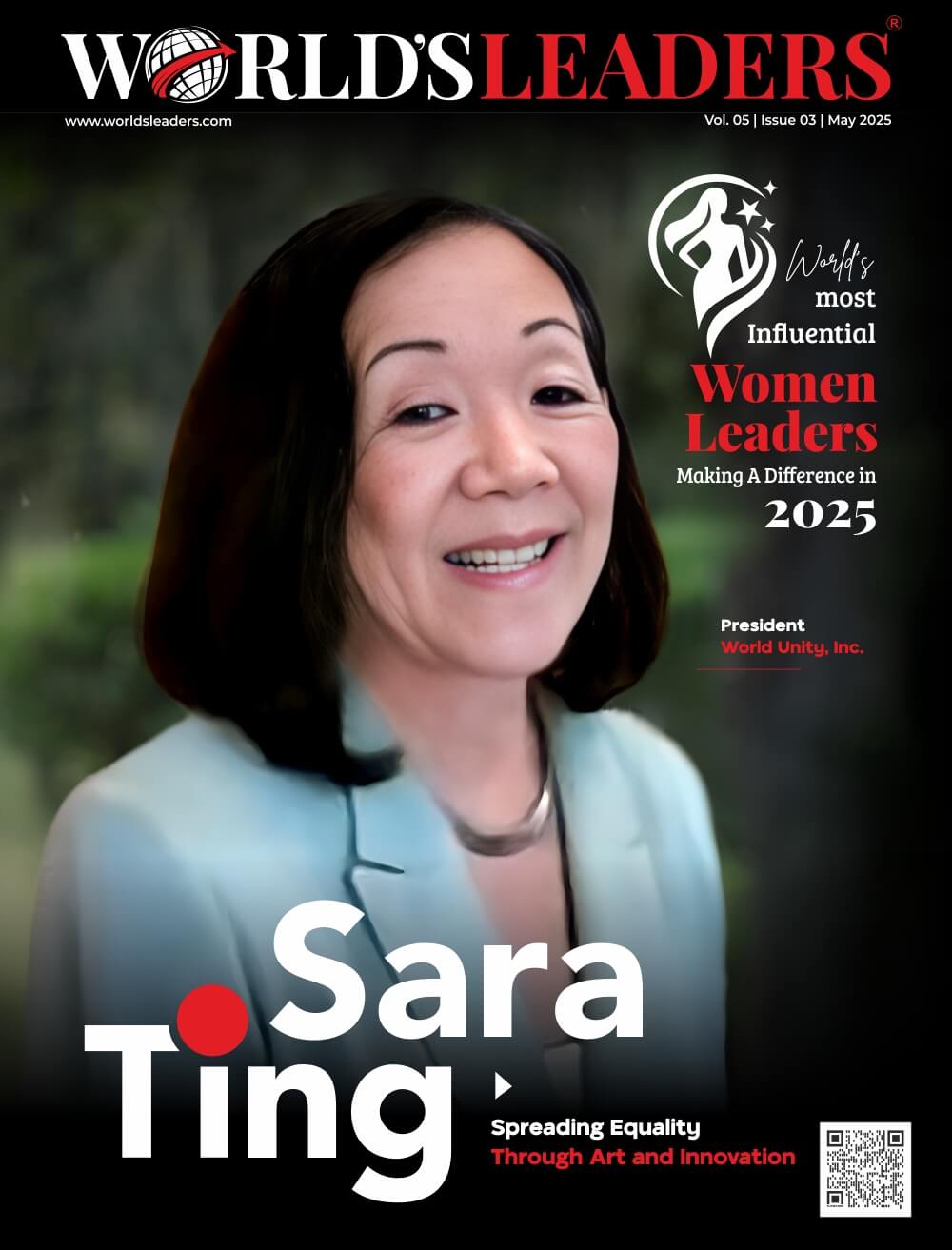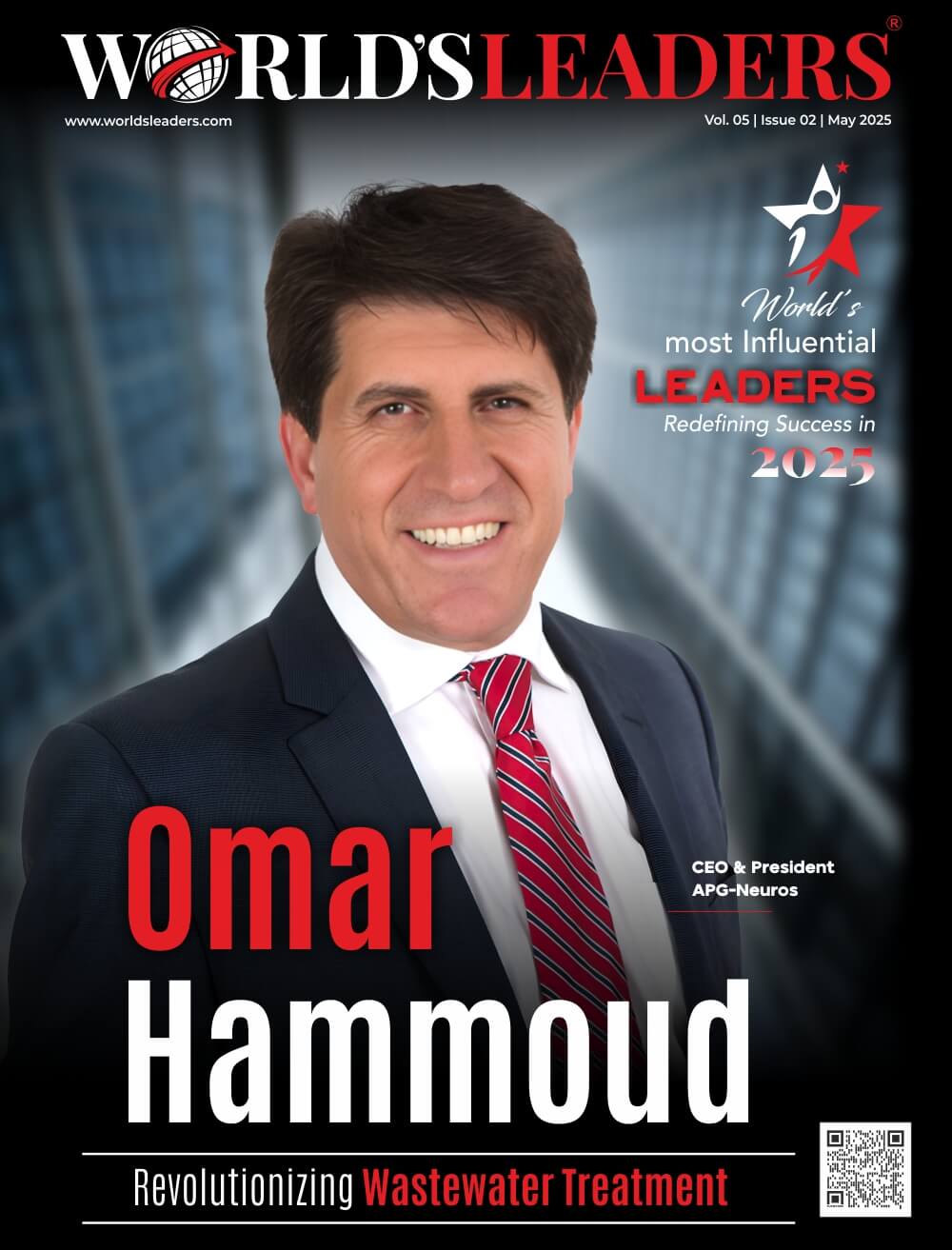New companies are shifting the global healthcare axis. In remote places spanning the enormous continents of Africa, Asia, the Americas, and Australia, world-class medical treatments are now available, and a new type of consumer has emerged as a result. The $9.59 trillion global healthcare industry is open to innovations that can enhance or replace conventional person-to-person clinical interactions, allowing consumers to get treatment wherever they are.
New entrants have pioneered avenues into virtual healthcare, more inexpensive and convenient treatment alternatives, clinics that replace rigid public health, fitness and wellness, and much more in both developed and developing countries.
For consumers, providers, payers, and investors in both developed and developing countries, new entrants from outside the traditional healthcare sector are changing the $9.59 trillion global healthcare market. To solve long-standing difficulties, these astute, entrepreneurial entrepreneurs are bringing consumer insight, creative business models, more affordable and convenient care alternatives, wellness and fitness, and more.
Traditional assumptions that a medical diagnosis can only be made in a face-to-face encounter are being replaced by virtual care. New entrants are pioneering methods that eliminate healthcare barriers and enable care everywhere in both developed and developing countries.
Consumers are receptive, especially in emerging nations where access to high-quality healthcare is a major concern. For example, according to a recent survey of over 24,000 customers in 29 countries, developing markets are more likely than established markets to buy or use wearable gadgets, which can help consumers monitor their health and fitness.
Where urgent needs prevail, health solutions offered by new entrants can take root more quickly, especially in less regulated environments like those in emerging countries.
Consumers increasingly want their healthcare experiences to be as convenient and transparent as their banking, shopping, transit, and other purchases. A recent survey found that consumers said they were receptive to treatments provided by non-traditional health professionals, especially if they were less difficult or intrusive.
Filling the gaps between consumer expectations and current medical infrastructure presents several chances for new entrants with innovative ideas and talents to enter the global healthcare market.
The increasing global wellness and fitness sector—the money individuals spend on non-medical products and services to get and remain well—may be the most flexible entry point for entrepreneurs looking to disrupt the health industry without clashing with the government or established providers. In a recent poll, consumers expressed their increased hunger for wellness and fitness advantages through the usage of wearables, showing the market’s tremendous potential.
There are a few rules in place to assist customers in taking care of themselves. New entrants are effectively offering services and goods such as fitness, weight loss, sleep and eating habits monitoring, and other similar services and products in order to better position themselves to penetrate the main healthcare market of health providers and payers.





